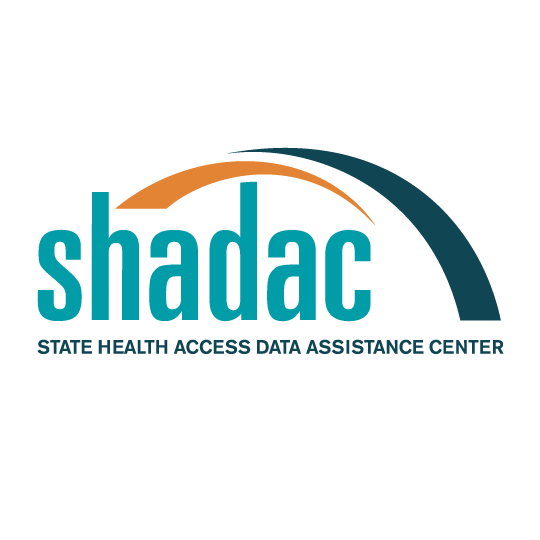Blog & News
Minnesota Health Care Home Care Coordination Cost Study: Results Now Available
March 28, 2018:Results from the Minnesota Health Care Home Care Coordination Cost Study are now available. This study was conducted by SHADAC researchers under a contract with the Minnesota Departments of Health and Human Services.
About the Study
This analysis examined the costs of care coordination for adults in Minnesota’s Health Care Homes (HCH) program, which is administered by the Minnesota Department of Health (MDH) and is aimed at developing patient-centered, team-based care that links the medical component of primary care to wellness, prevention, self-management, and community services. In order to estimate the cost of care coordination, SHADAC researchers used a case-study approach and collected information about the costs associated with activities that define care coordination. Six non-acute, primary care clinics were evaluated.
Study Findings
SHADAC found that the costs for care coordination varied considerably across sites, from $1 to $12 per HCH adult panel in a typical month, but staff at all sites reported that care coordination had a high value to patients. Many noted that care coordination improved the efficiency of care delivery and likely saved costs and resources.
The following are additional key findings from the study:
- Mental health diagnoses and/or multiple chronic diseases seem to drive care coordination costs. Clinic staff report that a wide variety of nonclinical patient characteristics (most related to socioeconomic status) also drive care coordination costs. These included language barriers, homelessness or poor housing, food insecurity, and lack of transportation.
- Clinics appreciated the flexibility afforded by the HCH model design to operationalize certification standards according to clinic and patient needs.
- All of the clinics in the study describe their entire patient panel as being “part of the HCH,” and they reported spending time across the whole panel to identify potential candidates for care coordination. They focus care coordination activities (defined for this study as care coordination outside of usual, quality care delivery) on the higher-need segment of the panel.
- Common approaches to HCH care coordination activities include relying on informal, provider-driven referral to care coordination services; using a team-based care coordination approach; integrating care coordination into pre-defined clinic workflows; and placing importance on demonstrating the value of care coordination to providers.
- Across the board, staff reported the high value of care coordination to the patients. Many noted that care coordination improved the efficiency of care delivery and likely saved costs and resources.
The researchers note that the case study methodology used in this study (selected because of variation in clinic structure, patient population, approach to HCH design, etc.) restricts the ability to generalize findings across sites and primary care clinics in Minnesota more broadly. Accordingly, findings should not be used to determine reimbursement rates, but rather to provide additional context for the ongoing discussion about modifying and improving reimbursement for HCH services.
SHADAC researcher Christina Worrall will be discussing these results on April 3, 2018 during the HCH Learning Days conference in Saint Paul, MN. See her presentation slides here.









